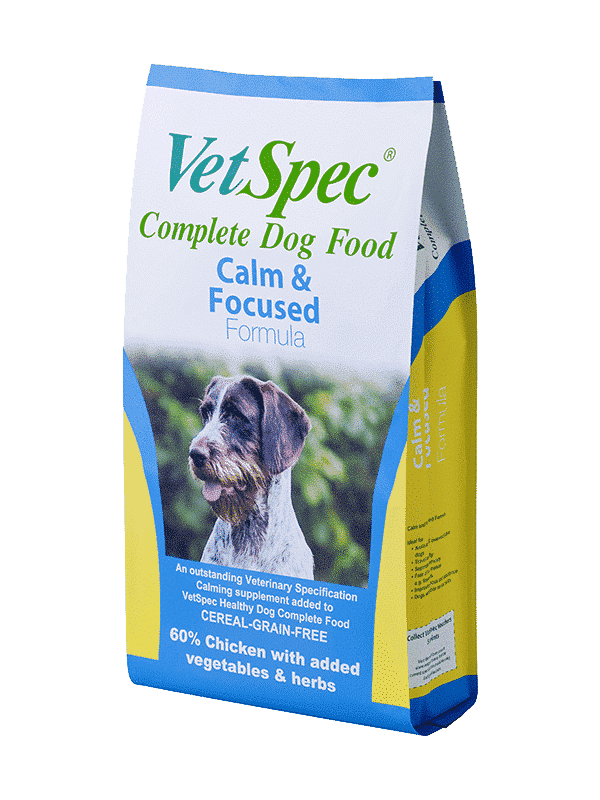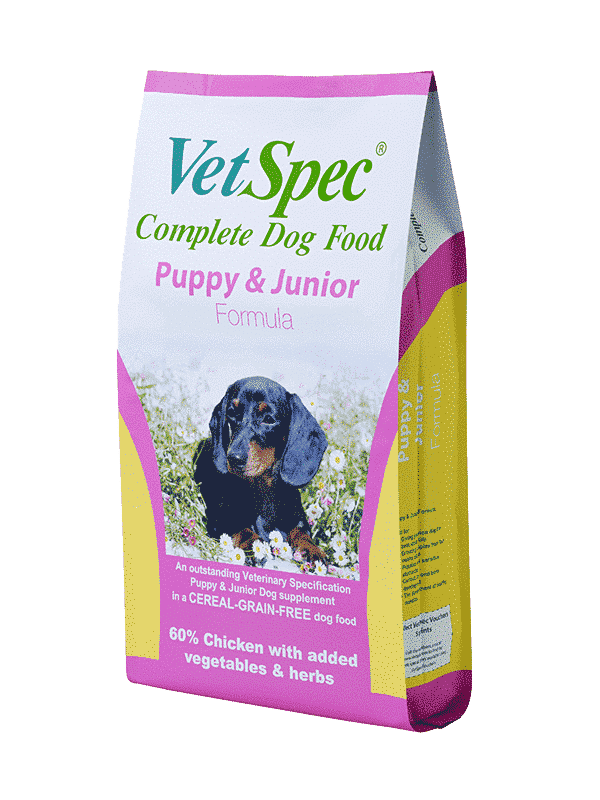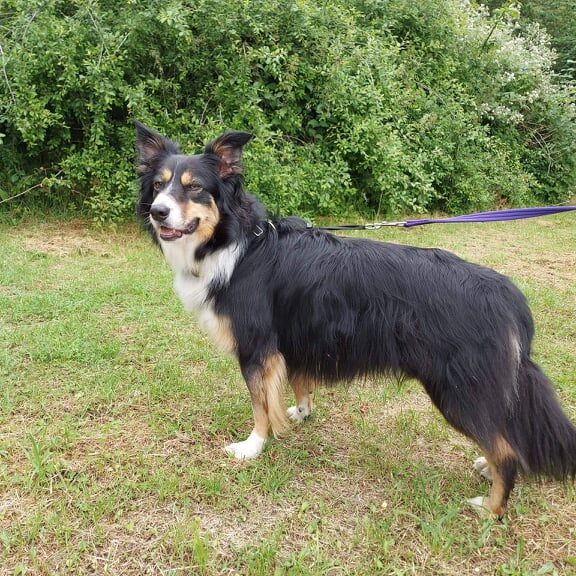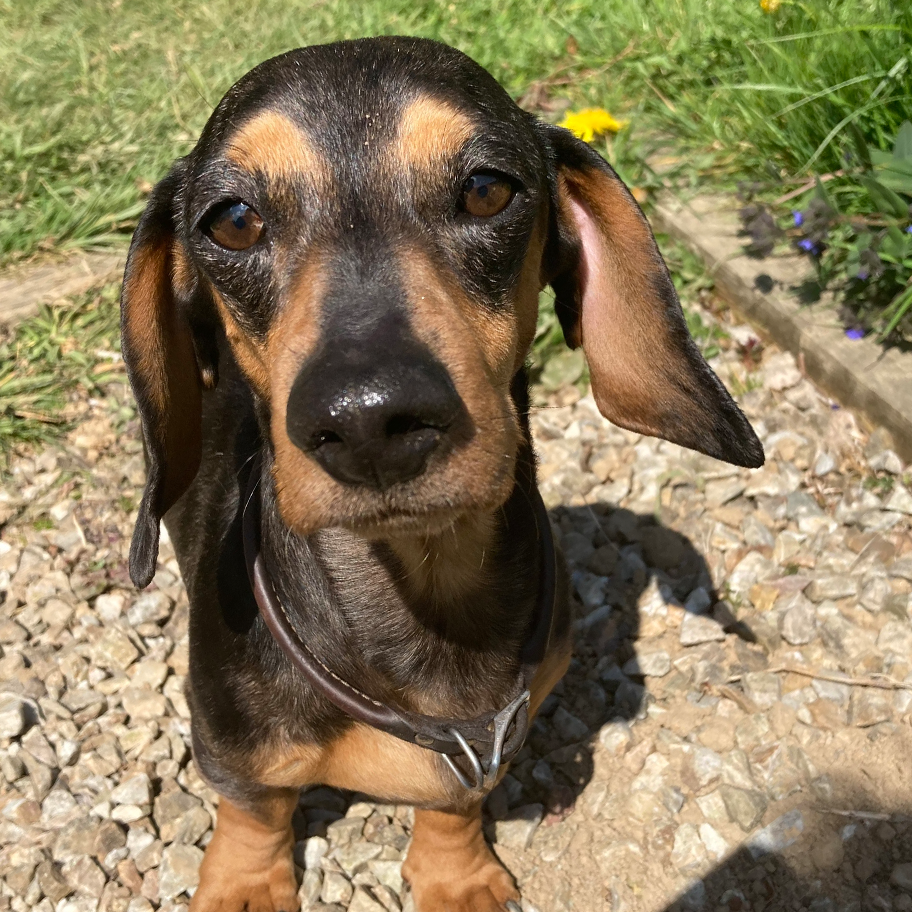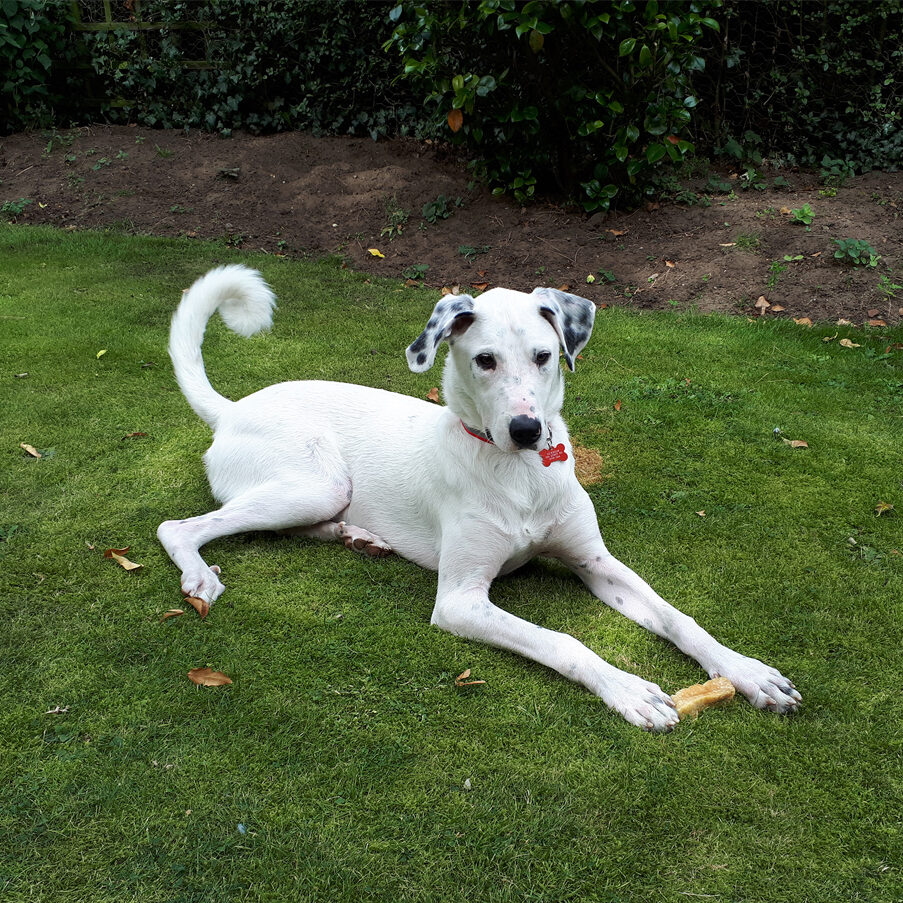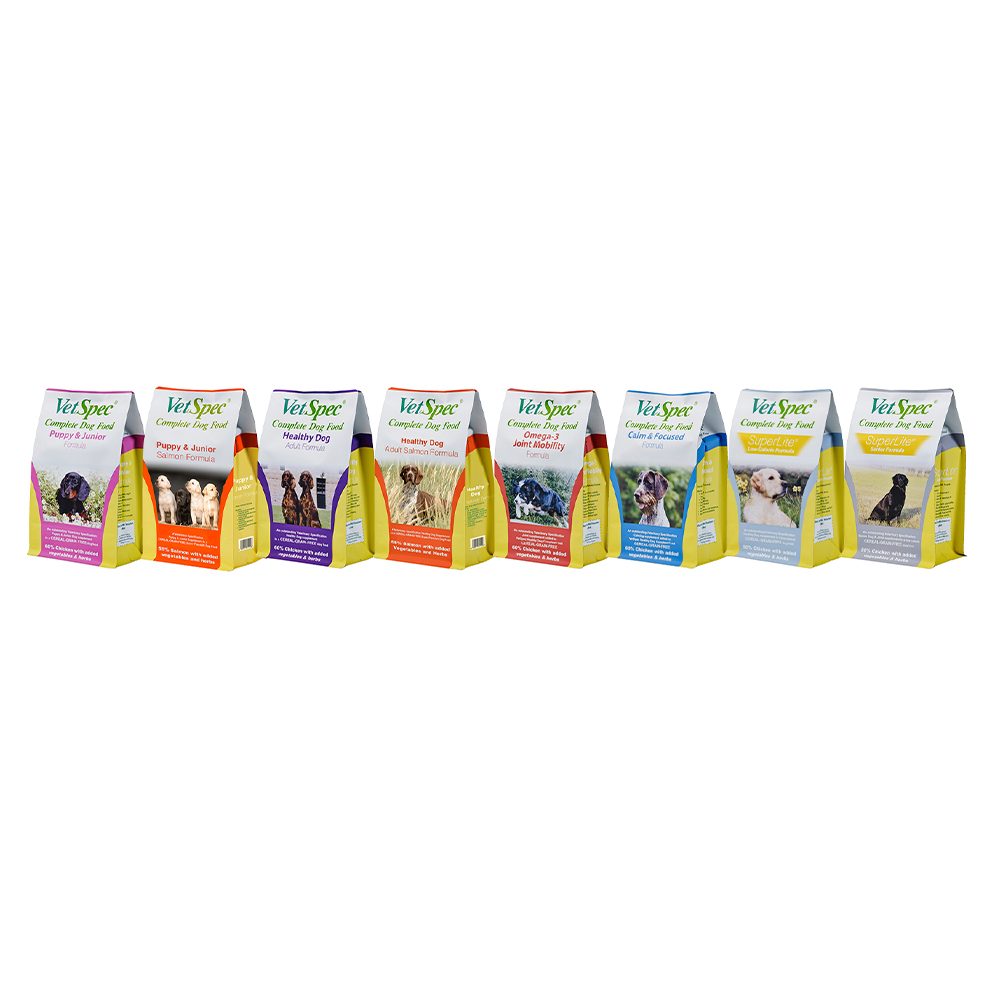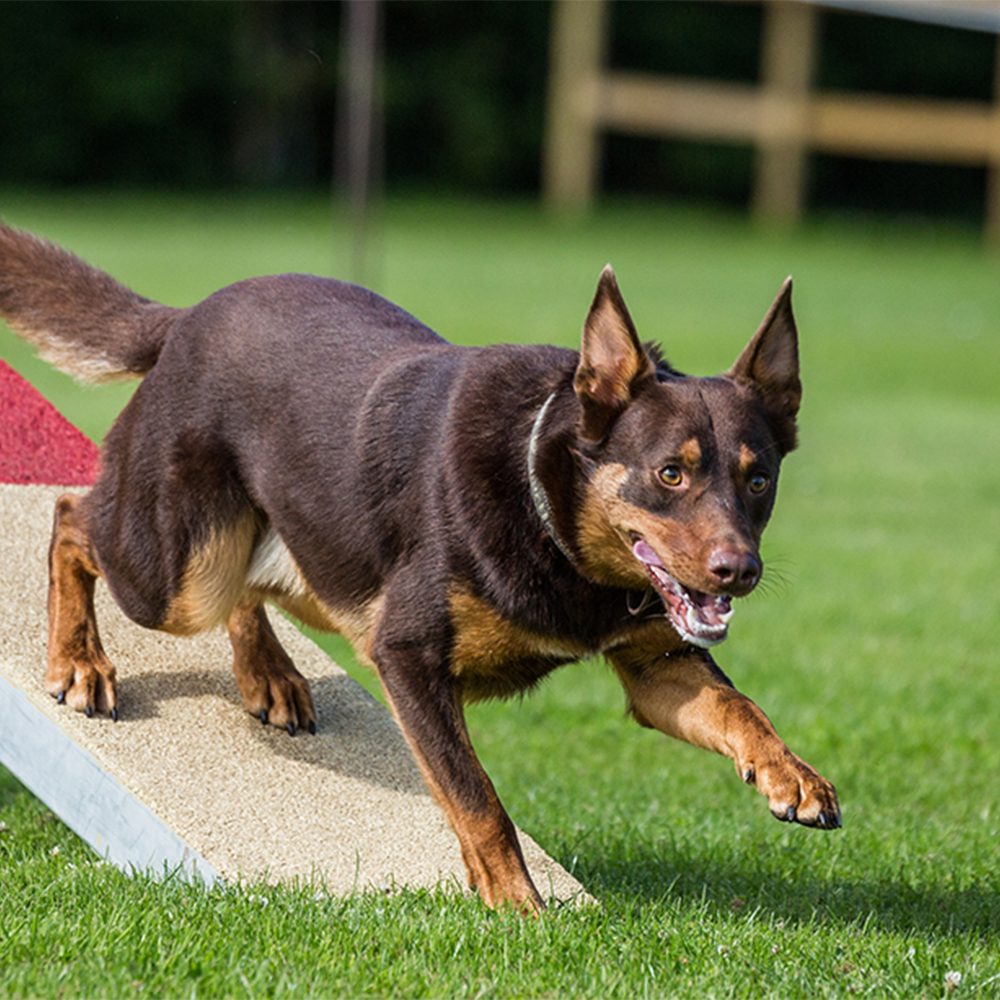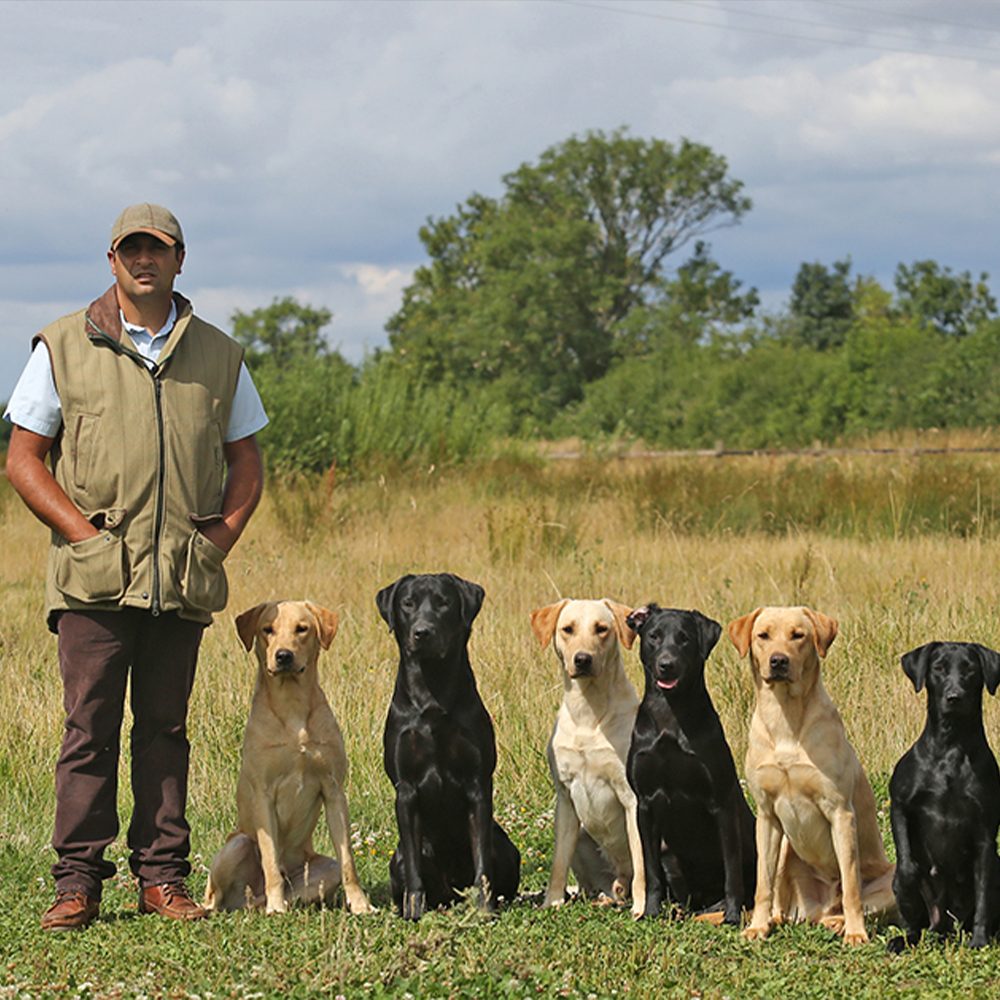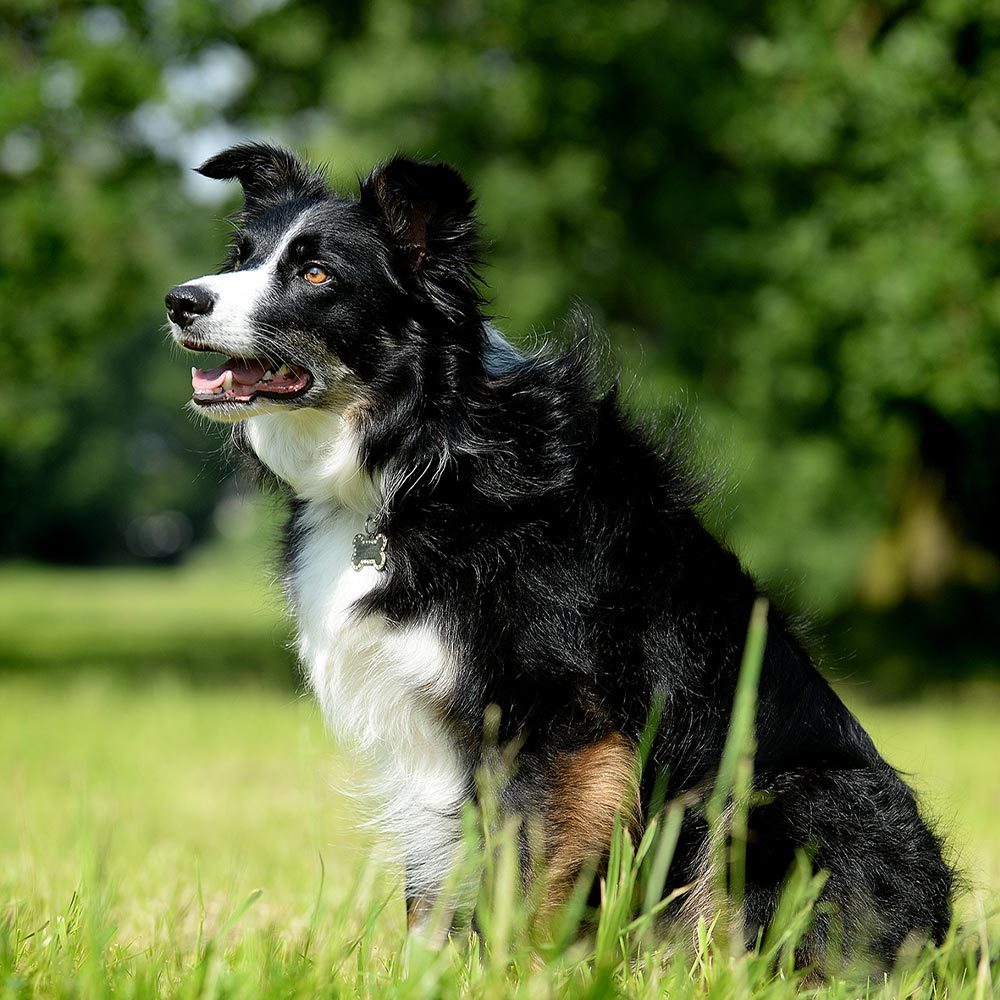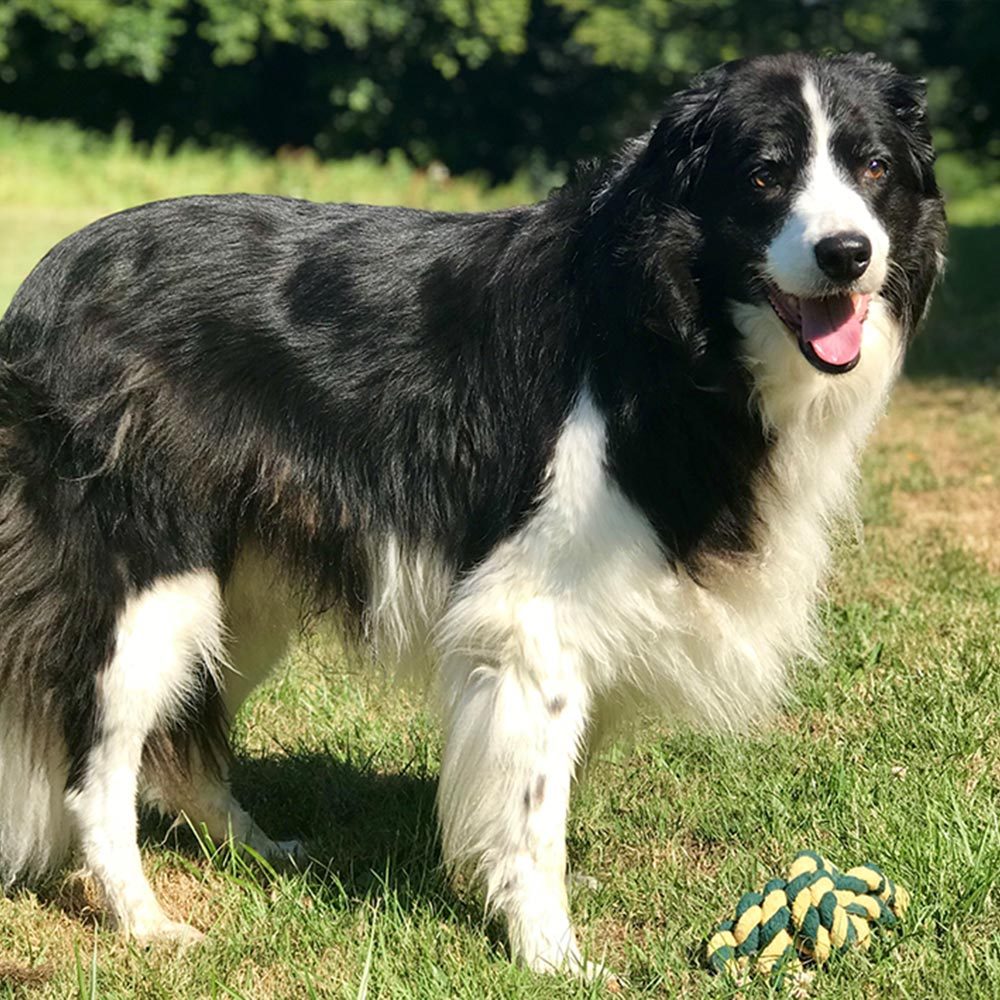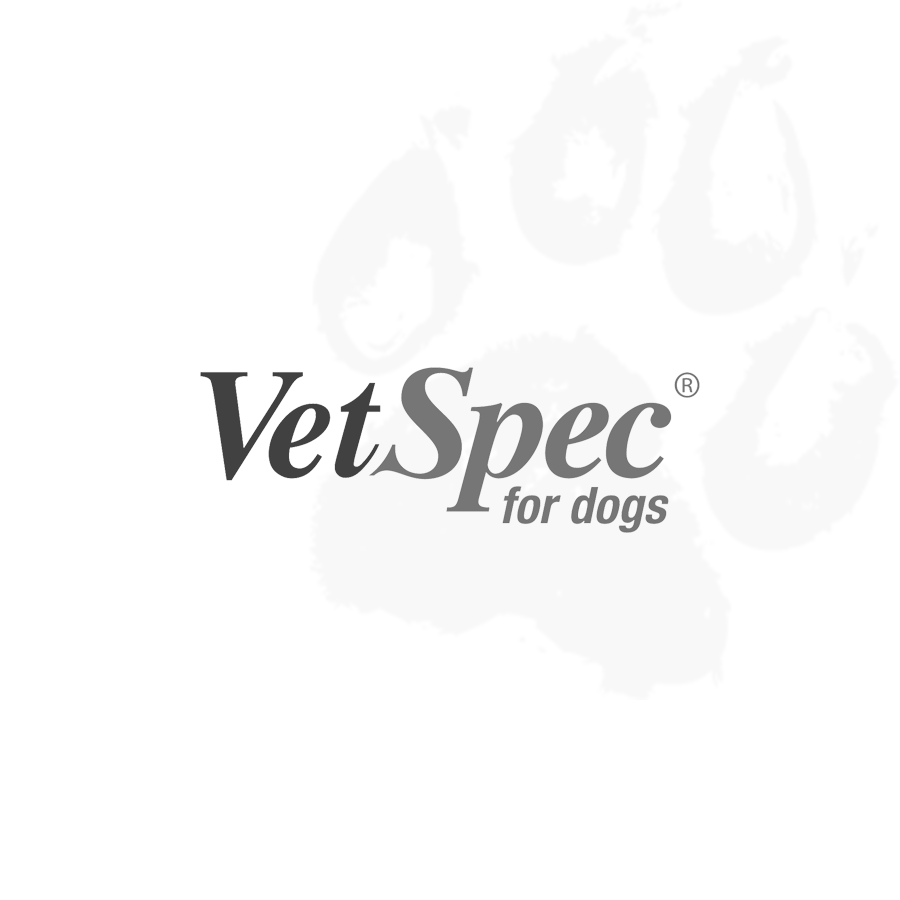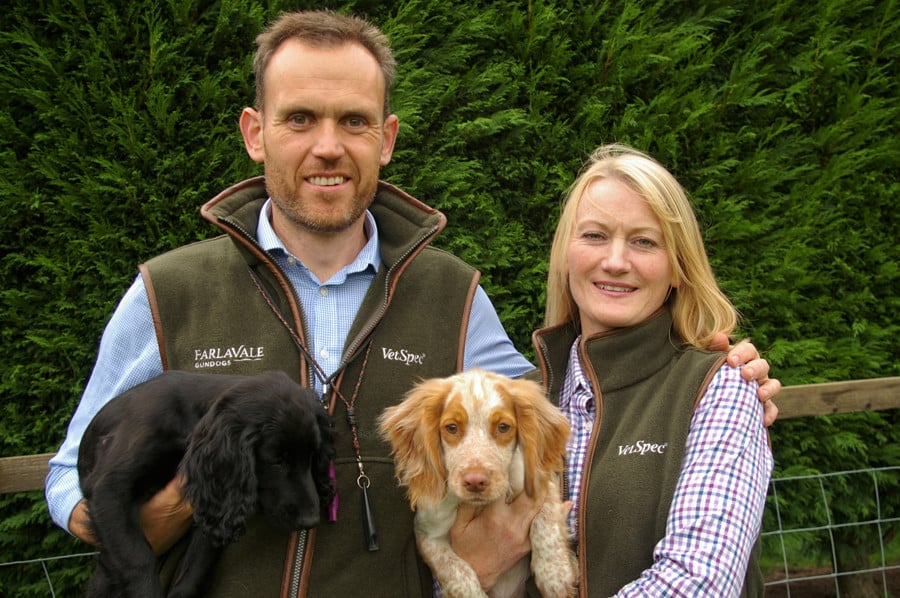 The dog-food market is a minefield for anyone trying to seek out the right food for their dog, but there are several factors that you should consider.
The dog-food market is a minefield for anyone trying to seek out the right food for their dog, but there are several factors that you should consider.
We at FarlaVale have dogs of all sizes and ages and we also have breeds that differ incredibly in terms of energy levels and activity. These are the main influencing factors that help us choose the right food for our dogs, but whatever the breed or the disposition of the dog, the product ingredients should still be of a high quality and that’s a very important factor when considering the right food. For example, there are different types of protein, with the proteins found in quality meat being far superior to those found in oats or other grains used in some dog foods.
Having had horses for nearly 40 years, we were fully aware of the excellence of the TopSpec products, and like other conscientious horse owners we’ve relied on their feed balancers to keep them in good shape all year round. Successful racing yards feed the best product to their horses. Britain’s top athletes eat the best foods so they can perform at their peak, so why do many of us often treat our dogs like a mobile dustbin? If you feed your dog the best food, it should result in your dog looking its best, feeling its best and with the right handling, it should be able to act and concentrate at its best! Feeding it anything else means it is making do!
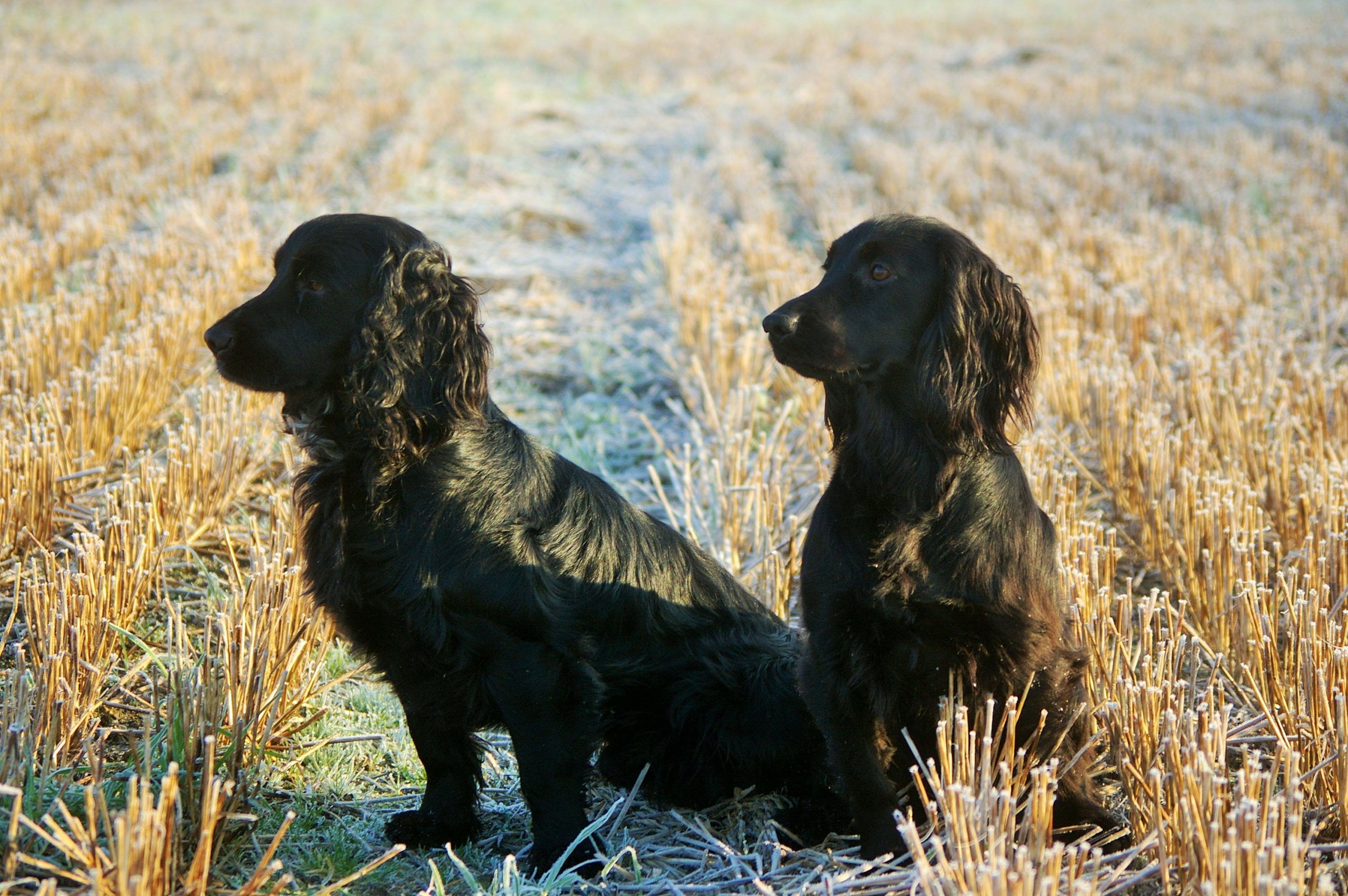 So for us, the VetSpec range, which is produced by the team behind TopSpec, means we can select the right food, for the right breed at the right time of life! Hard hunting and active working dogs need enough nutrients in the tank to keep them going and to be able to deal with the harsh British weather on a long day in the field. If there aren’t enough of the correct nutrients in their diet, then energy levels and indeed concentration levels can drop dramatically. The latter can be an area which is often overlooked. High quality protein and fat levels are essential to keep the dog’s brain switched on to the task at hand. If you’re feeding a quality product like VetSpec, then it’s one less thing to worry about. Any transgressions in the field are then down to our training and handling, not down to the food they’re on.
So for us, the VetSpec range, which is produced by the team behind TopSpec, means we can select the right food, for the right breed at the right time of life! Hard hunting and active working dogs need enough nutrients in the tank to keep them going and to be able to deal with the harsh British weather on a long day in the field. If there aren’t enough of the correct nutrients in their diet, then energy levels and indeed concentration levels can drop dramatically. The latter can be an area which is often overlooked. High quality protein and fat levels are essential to keep the dog’s brain switched on to the task at hand. If you’re feeding a quality product like VetSpec, then it’s one less thing to worry about. Any transgressions in the field are then down to our training and handling, not down to the food they’re on.
Our spaniels work on shoots and compete at different levels; all are fed on VetSpec Calm & Focused Formula complete dog food. We feel this really suits an active breed like this. A young cocker uses endless calories from expending excitable energy! They’re often wired to the hilt when it comes to training, but with the supplement of ‘Calm & Focused’ already added to the food in the right quantity, it feels like it lends a hand thoughout the exercises; with the high quality proteins and fats further contributing to their overall performance. We also feed this to our Hungarian Vizsla, and noticed a huge difference in her concentration. For our puppies we use VetSpec Puppy & Junior Formula. Again, feeding them a top quality food with high quality ingredients feels like we’re really looking after them and giving them the best start in life. We use positive reinforcement methods through treat training and having some of their regular VetSpec kibble on hand has proved to be enough of a treat to shape the final result.
VetSpec Calm & Focused Formula is a super, premium dog food containing 60% chicken with added vegetables and herbs and no added colours, preservatives or artificial flavours. It is cereal-grain-free and the formulation includes tryptophan, prebiotics and magnesium together with biotin and other associated nutrients
It is ideal for dogs that get anxious and over-excitable or suffer from separation anxiety or fear of loud noises like guns and fireworks. It is also very helpful when training young dogs to improve on their focus and obedience.
Six Top Tips for Gundog Training from Ryan Kay
- Don’t move on before it’s nailed on! Ask any gundog trainer worth their salt, and they will tell you that the most common reason for failure is moving on before the basics are fully established. Make sure the basics are solid and the foundations are cemented before moving onto the next step. For example, if your dog won’t sit to the whistle in a training environment, it most certainly won’t sit to the whistle on a shoot day when exposed to the delights of game!
- Don’t bore the dog! This goes hand-in-hand with number one. Yes we want things nailed on, but equally we don’t want to bore its socks off – so keep it fun! Doing the same thing day in, day out, won’t train your dog, it will simply bore it and it will start to switch off and begin to invent its own game.
- You’ll hear it time and time again….all dogs are different. So if they’re all different, why do so many of us train every dog the same. You need to try and recognise what sort of dog you have; is he a hard-headed or soft natured dog? Is he completely biddable or perhaps a little detached and aloof? The next thing is to adjust your training accordingly to bring out the best in the dog. Unsurprisingly I’d recommend involving a good trainer to help recognise the different positive and less desirable traits and tailor a training programme accordingly.
- Sieve through the advice! If you’re the kind of person that can collect data in your mind and sieve through it….separating the good advice from the rubbish, then you’re onto a winner. Take it all on board…listen to everyone, read the books and watch the DVD’s but in the end, being able to filter through information and then applying what is relevant / helpful to your dog will undoubtedly develop you more as a handler and it will enrich your training experience also.
- Measured exposure! Don’t just throw your dog in at the deep-end! Literally! I’ll take introduction to water as an example. I hear of folk who just chuck their dog in and then wonder why it’s developed a fear of water. A warm day, some clean and still water and an inviting and gradual entry will do the trick. Wander in with your wellies or waders on and then encourage your young pupil to follow suit. Then slowly increase the level of exposure. He’ll be leaping in from the bank in no time. I say this many times to my customers – “If you go forward very slowly, enabling your dog to achieve everything you introduce, you’ll actually find yourself progressing very quickly.”
- Remember your objective. I’m sure you started off with a requisite for your dog, but as time goes by, things can slip a little and you end up putting the dog into situations that are not conducive to achieving your end goal. Try not to make excuses or lose sight of that. Always have your objective in mind and ask if what you’re teaching him right now is contributing to your end target?
